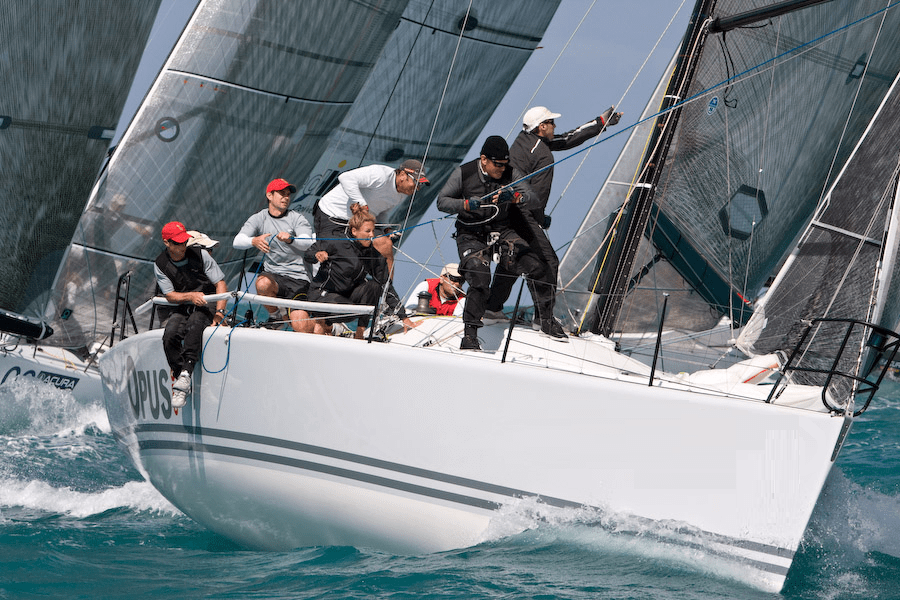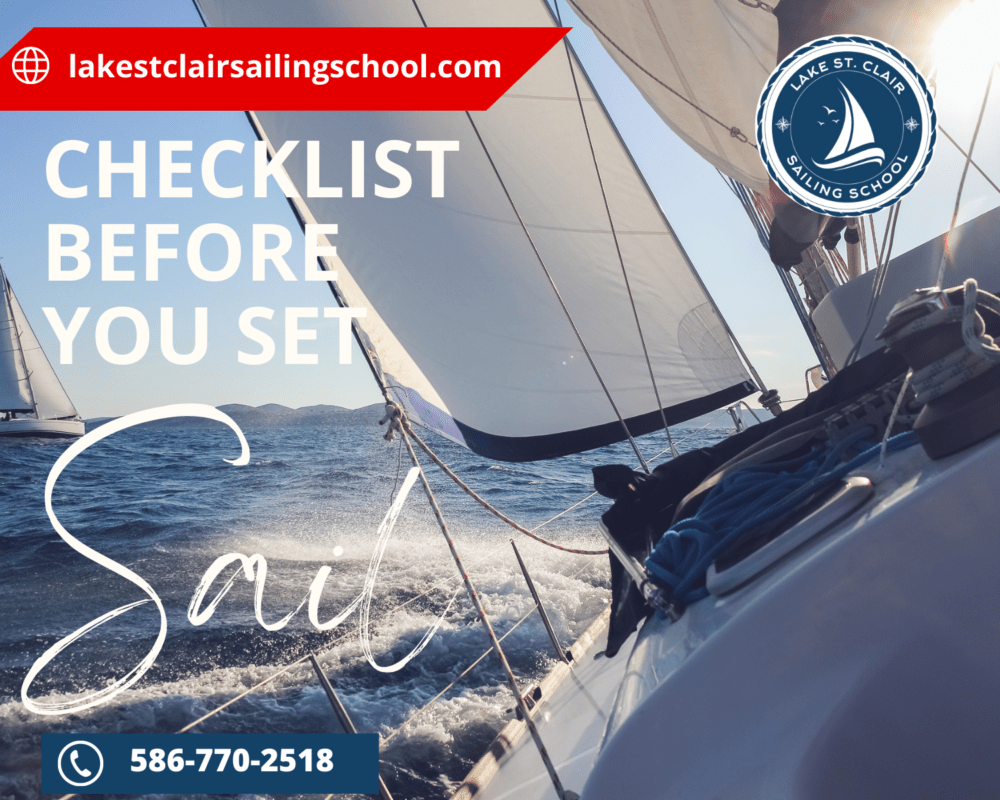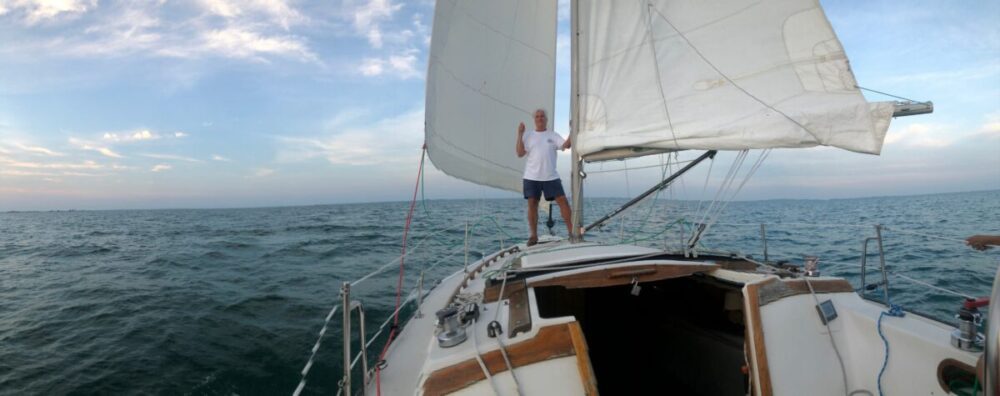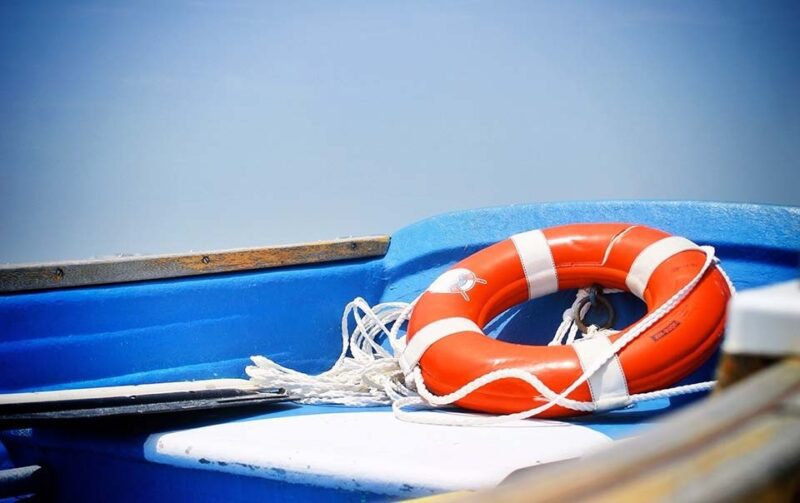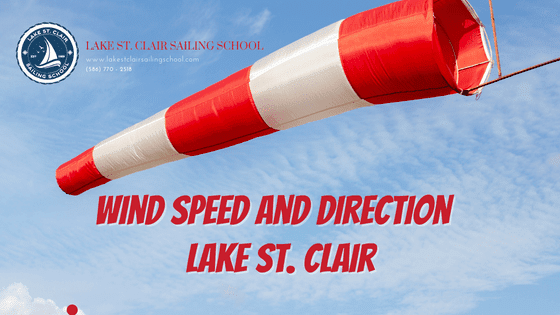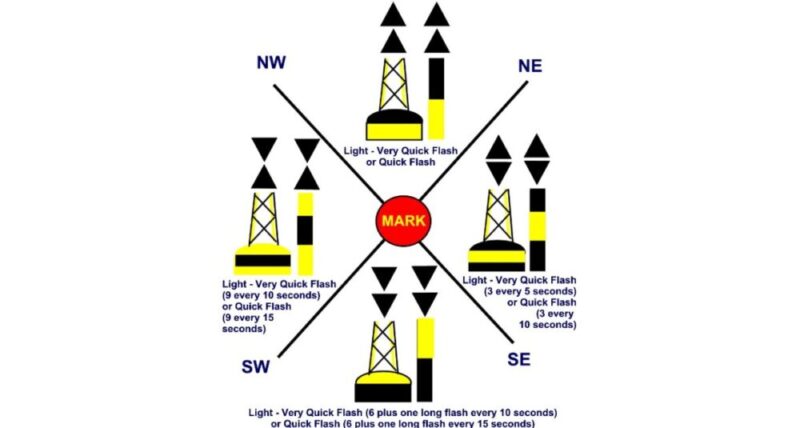Lake St. Clair Sailing School sailing events
The Crew Responsibilities The crew’s primary responsibility is to follow the skipper’s orders for the safe operation of the boat. Even if a crew is made up of family members, including children, the skipper needs to establish order for the sake of safety. Navigator Checks weather forecasts, plan sailing routes and courses, and monitors the boat’s position under way. Helmsman Steers the boat to the courses supplied by the navigator. Trimmer Supervises sail trim to suit the course being steered. Dinghy Captain Ensure the dinghy is clean, dry, inflated, fueled, and equipped with safety gear and that it’s properly secured at all times.
Why learn to Sail? So a friend took me out for a sail, and I caught the sailing bug? I joined a sailing school and learnt how to sail. Sailing is an amazing sports and here is why you should introduce sailing your children and friends. The following are a list of benefits of sailing and what you can learn from it. Benefits of learning sailing 1. Ability to take the risk Those sailors who are learning to sail or like to be involved in boat racing are more prone to develop a risk taking nature and become comfortable with it over the years. Such sailors quickly understand that taking risks always brings…

Benefits of sailing
Lake St. Clair Sailing School. Michigan
Everything needs maintenance. It is essential to check your sailboat and make sure you have a set of spare parts before you cast away. The following is a checklist that you need to do or have before you set sail Sailing List It is important to check the location and condition of Thru-Hull fittings. Also check of the seacocks are operating properly. Check if the Thru-Hull plus are attached to each seacock. Make sure you have two or three spare hose clamps on board in case of an emergency.Check Bilge pump and make sure they are operational. make sure they are Clean and Dry. Bilges Are Clean and Dry.Check the rails, grab the…

Checklist before you set sail. Lake St. Clair Sailing School. Michigan
When we look to trimming our mainsail, we really do need to understand the principles of sail twist and why sail twist is so important. As your boat sails along, the wind hitting the top of the sail is a little bit stronger than the wind hitting the bottom of the sail. For this reason, the top of the sail needs to be slightly looser than the bottom. This is where sail twist comes in. By using the mainsheet, the traveller, and the vang, depending on the point of sail, we can get air to move smoothly and drive the boat across all points of that mainsail. This will lead you to have…
How to buy ASA books? ASA sailing books are available and can easily bought. Hard Copy ASA Sailing books Order a hard copy from ASA Store Or from ASA on Amazon From Lake St. Clair Sailing School. Email lscsailingschool@gmail.com and we will send you the books you need. Read ASA 101 "Sailing Made Easy" online You can buy it on apple store https://books.apple.com/us/book/sailing-made-easy/id1090161781You can buy it on Google Play Click here Prepare yourself for ASA 101: ASA 101 Quizzes This is totally optional. In order to get familiar with sailing lingo and basic ASA 101 sailing terms, Test yourself with any of those links. https://americansailing.com/quiz/get-started/https://americansailing.com/quiz/get-started/https://www.studystack.com/flashcard-2265613https://quizlet.com/514826311/asa-101-practice-test-diagram/
ASA 103 Test Prep Guide In order to properly prepare for this course make sure that you know the entire text enough to confidently answer the review questions at the end of each chapter Pages 112 & 113 What is the definition of a sounding? What are the three main units that soundings are measured in? How many feet are in a fathom? Page 113 What is latitude? What is longitude? What is one degree of latitude equal to? One nautical mile is the equivalent to of latitude? Page 91 What is the most aft storage compartment of a sailboat? What is the lowest part of the interior of the boat? What is the main reason that…
Emergency Procedures List NOTE: NEVER JUMP IN WATER UNLESS INSTRUCTED BY CAPTAIN Emergency Radio Operation Switch to Channel 16 – Coast Guard.Take microphone, depress black button to talk, release to listenSay the following:a. Mayday, Mayday, Mayday.b. This is the _ I am a ft. _c. Documentation, Registration No. is ___d. My position is:e. My emergency is: Man Overboard Post lookout. Lookout to point at man overboard.Throw white life ring.Use anything that floats as additional markers.Signal for help by any means available. Leaks or Damage Control Put on life jackets.If you can see the hole, stuff anything in it to plug it.Signal for help by any means available. Rough Water Put on life jackets.Tie…
What is the wind like on Lake St. Clair Anyone who has learned to sail understands at least the basics about why you need to be constantly aware of wind speed and direction when sailing. With no wind, it is hard to sail. High wind will be dangerous to sail. Racers also need to know the wind direction to be able to plan for point of sail ahead of time. Sailors need to detect wind constantly because sails are trimmed and adjusted for maximum efficiency and speed according to both wind speed and direction. Wind forecast for Lake St Clair provided by windfinder.com Experienced sailors learn to read the wind in a more sophisticated manner…

wind speed at lake st clair
Learn to Sail Sharpen your sailing knowledge and sign up for one of our sailing classes. Course Dates shown on our website lakestclairsailingschool.com If these dates do not work for you, the manager will be happy to share other dates that are available OR is willing to create a class schedule that fits best with your availability. (weekdays or weekends) All Hands on Deck! Lake St. Clair Sailing School is one of the accredited American Sailing Association (ASA) schools in the nation, The introduced sailing certification over 30 years ago. Today, there are more than 300 sailing schools worldwide and half a million ASA-certified sailors. Get ASA Certified Today... ASA Certifications give you the knowledge and experience to…
All Cardinal Marks are horizontally banded yellow and black and have black cone shaped topmarks. During daylight hours, the band colors, and topmarks are used to identify which cardinal mark you are observing. Topmarks are always black.North Cardinal Mark (both topmarks pointing up) Black band above yellow band.South Cardinal Mark (both topmarks pointing down) Black band below yellow band.East Cardinal Mark (topmarks pointing away from each other) Black band above and below yellow band.West Cardinal Mark (topmarks pointing towards each other) Black band between yellow bands. Cardinal marks have black and yellow bands with black double cones on top showing the different compass direction that identifies the safest and deepest water to travel in. At night,…


